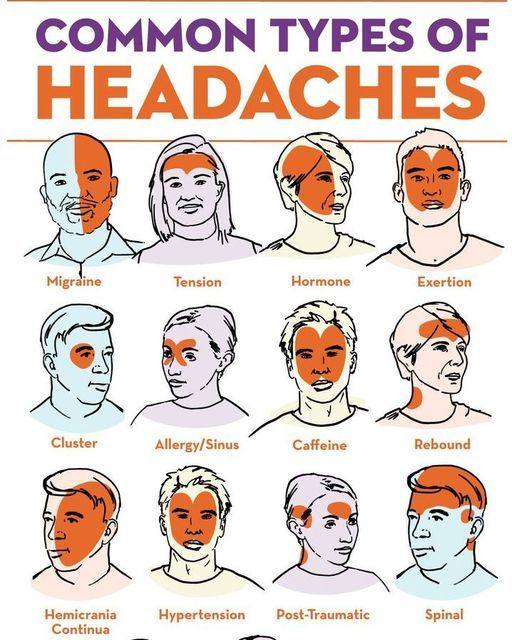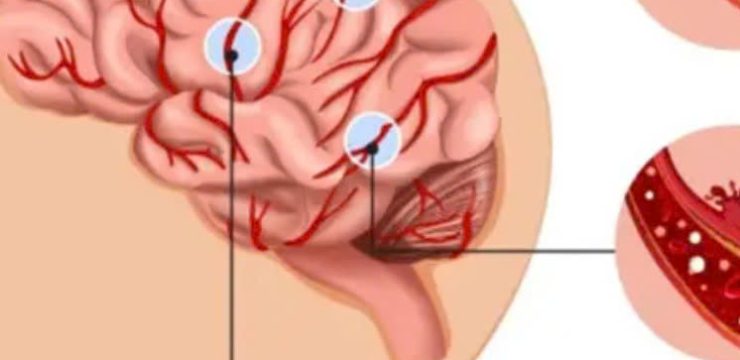Headaches are more than just an inconvenience—they can completely throw off your day, crush your focus, and if they happen often enough, seriously affect your quality of life. Whether you’re a student grinding through exams, a parent juggling household chaos, or someone clocking long hours at a desk, headaches don’t play favorites.

But the good news is, once you figure out what kind of headache you’re dealing with and what’s triggering it, you can actually take charge instead of letting it take control of you. First off, let’s talk about what a headache really is. At its simplest, a headache is any pain located in your head, and it can range from a mild throb to an intense, throbbing sensation. Most headaches fall into two categories: primary and secondary. Primary headaches are the main event—they include migraines, tension headaches, and cluster headaches. Migraines come with severe, pulsing pain that often affects one side of the head and can bring along nausea, sensitivity to light or sound, and even visual disturbances known as auras. They can be triggered by stress, hormone changes, weather, or certain foods.
Tension headaches, the most common type, feel like a tight band squeezing your head and are usually tied to stress, bad posture, or poor sleep. Then there are cluster headaches, which are rare but intensely painful. These typically hit around one eye and can cause redness, tearing, or a stuffy nose. On the flip side, secondary headaches are caused by something else going on in your body. For example, sinus headaches come from sinus inflammation and are felt around your cheeks, eyes, and forehead. Hormonal headaches can appear during menstruation, pregnancy, or menopause due to fluctuations in estrogen levels.
And here’s one that catches many people off guard—medication-overuse headaches. If you take pain relievers too frequently, they might actually end up triggering more headaches. Understanding what sets off your headache is key. Common triggers include stress, where tension builds in your neck and shoulders and radiates upward. Hormonal swings, like those that occur before your period, can lead to migraines. Dehydration can shrink brain tissue slightly, causing pain. Poor sleep throws off brain chemicals and increases inflammation. Some foods are sneaky culprits too—things like processed meats, aged cheese, red wine, and even too much caffeine can bring on headaches. Sinus congestion from allergies or weather changes can also make your head pound. Screens don’t help either; staring at them for hours strains your eyes and mind. Even shifts in weather, like changes in barometric pressure, can trigger migraines for some.
And ironically, relying on painkillers too often can cause rebound headaches. Treating headaches doesn’t have to be complicated. Over-the-counter pain relievers like ibuprofen or acetaminophen can work wonders for basic tension headaches. For migraines, prescription meds such as triptans or preventive treatments like beta-blockers may be necessary. Staying hydrated is simple but often overlooked—your brain functions better when it’s well-watered. Applying a cold compress to your forehead or a warm one to your neck can also offer relief depending on the headache type. Massage therapy is another natural solution—rubbing your scalp, temples, neck, or shoulders can ease tight muscles. Acupuncture, which targets pressure points, is also a proven method for chronic headaches. Don’t underestimate mind-body techniques like deep breathing, meditation, or muscle relaxation—they can reduce the stress that causes tension in the first place. For sinus-related pain, try saline sprays, steam inhalation, or nasal steroids to clear up congestion. Adopting healthier lifestyle habits makes a huge difference too. Drink plenty of water—about 8 to 10 glasses a day. Stick to a regular sleep routine and limit late-night screen time. Check your posture, especially if you sit a lot. Try the 20-20-20 rule to ease eye strain—every 20 minutes, look at something 20 feet away for 20 seconds. Eat on time, avoid skipping meals, and minimize sugar, caffeine, and alcohol. Stress less by journaling, stretching, or simply getting outside. Regular exercise also boosts endorphins, which are your body’s natural pain relievers. While many headaches can be handled at home, there are times when it’s important to seek medical advice. If you experience a sudden, severe headache, or if it’s accompanied by fever, confusion, vision issues, speech difficulties, or follows a head injury, it’s best to see a doctor. Also, if your headaches keep worsening or never seem to go away, that’s a red flag worth investigating. The bottom line is, headaches might be common, but they don’t have to control your life. Whether they stem from dehydration, stress, poor sleep, or screen time, identifying the cause and making simple lifestyle tweaks can drastically reduce how often and how intensely they show up. You deserve to feel your best, so take steps today to give your head a break and build a future with fewer headaches.





